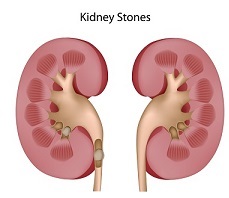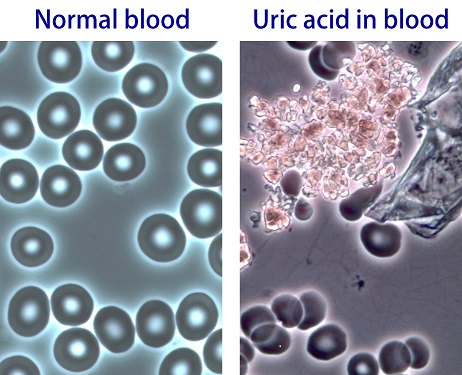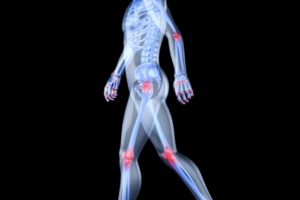Chronic kidney disease (CKD)
Chronic kidney disease (CKD) limits the amount of waste filtration your body is capable of processing. Uric acid is not seen as a foreign matter to the body, therefore is usually last to be dealt with from a toxin filtering standpoint. This can allow for uric acid build-up, and, in turn, the increased likelihood of developing Gout. The medications used to treat kidney disease have also been associated with drug-induced cases of Gout. Diuretics and beta blockers are typically used for kidney disease induced high blood pressure and are well known to contribute to Gout development.
There is enough scientific research to confirm that kidney disease can cause Gout. How about the opposite? Can Gout lead to kidney disease? The chicken or the egg? Uric acid is filtered through the kidneys, an undeniable relation to both diseases. While this connection may be less established, the evidence is certainly present. Each condition is well-equipped to feed the other.
Continue reading “Gout and Kidney Disease”



 Excessive amounts of
Excessive amounts of  Gout affects an estimated 4% of the population, or around 1 in 25 people. Evidence suggests this number is growing and is certainly affecting a larger demographic than in the past. A lot of confusion has surrounded the specifics on how high levels of
Gout affects an estimated 4% of the population, or around 1 in 25 people. Evidence suggests this number is growing and is certainly affecting a larger demographic than in the past. A lot of confusion has surrounded the specifics on how high levels of